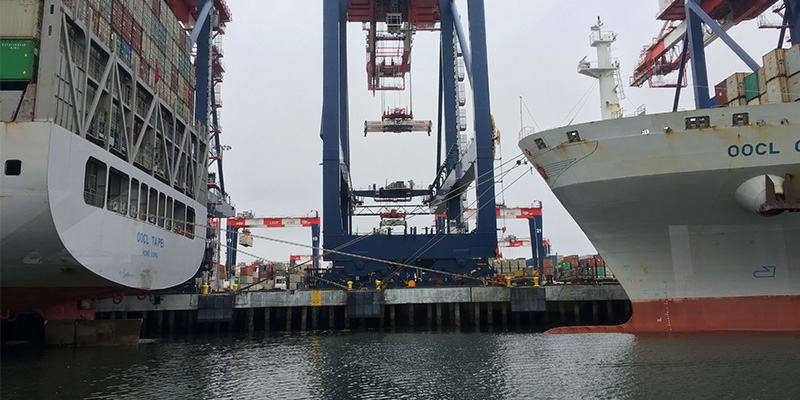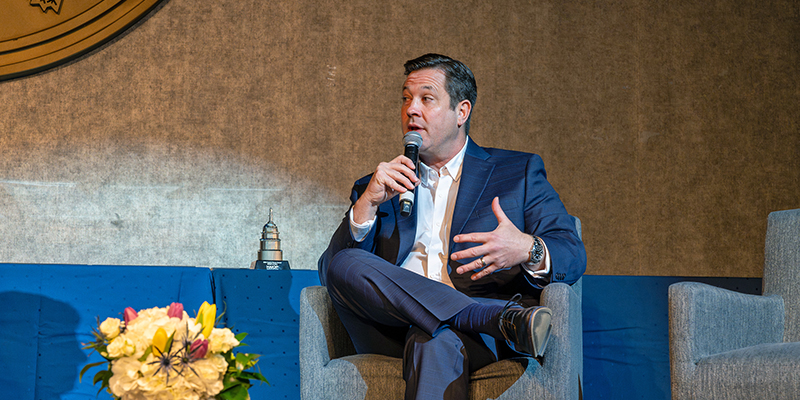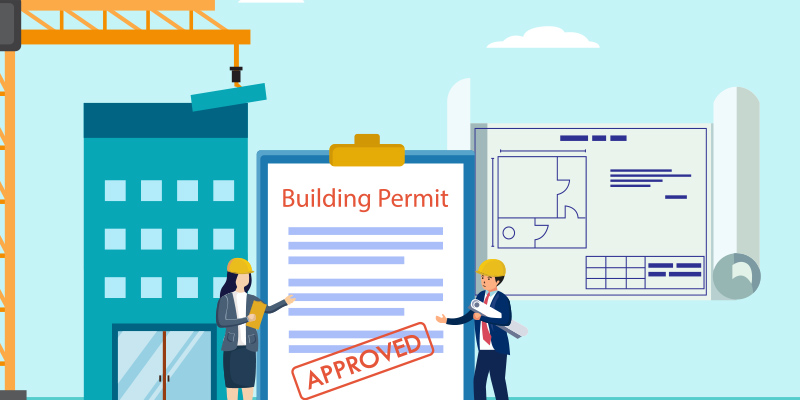In addition to a pod of dolphins, attendees were treated to numerous impressive sights during the boat tour of the Port of Long Beach today at I.CON West 2019, in Long Beach, California. The port has made progress on several major projects since I.CON attendees toured the port at I.CON 2017, and new projects are underway to meet the demands of the next generation of big ships and the exploding e-commerce demand driving distribution.
The port, which boasts the tallest cranes in Western Hemisphere, continues to evolve as ship designs change. The port used to see ship fleets with 4,000-5,000 twenty-foot equivalent units (TEUs – based on the volume of a 20-foot-long intermodal container) per day, but that capacity has jumped up to 8,000-12,000 TEUs on many of the ships they now service daily. The ship with the largest TEU capacity in North America – 18,000 TEUs – stopped at the port last year.
Some of the notable items that have made their way through the port:
- All steel for the new Los Angeles Rams NFL stadium
- All lumber from the Pacific Northwest for home improvement companies Home Depot and Lowes
- 75,000 Mercedes per year
- A million cruise passengers per year
To enable larger ships to get into the back of the harbor, the port has embarked upon a $1.5 billion project to replace the Gerald Desmond Bridge, creating a higher air draft distance of 205 feet – an improvement from the existing bridge’s 155-foot air draft. This will allow for larger, more efficient cargo ships to pass through.
Also underway is the Middle Harbor Redevelopment Project, a 10-year, $1.5 billion project which will consolidate several existing terminals into a single 311-acre terminal that is nearly all electric and zero emissions. The third phase of the project should be completed by the end of 2020. Once finished, the terminal will have the capacity for 3.3 million TEUs annually – making it the fourth-largest port – not terminal – in North America.
The port’s automated terminal employs 80 automated guided vehicles (ATVs), unmanned vehicles which carry containers and boast zero emission. These are complemented by automated stacking cranes, which are also unmanned and controlled from an office on the far side of the port. The cranes use special algorithms to know which containers need to be ready and when for trucks coming to the terminal for load-in, and make sure the pieces are where they need to be in the right place and at the right time.
In 2018, 17 million TEUs moved through the Port of Long Beach and Port of Los Angeles combined. That was the largest year for both ports – probably driven by a big push in October through December 2018 as companies tried to get goods in before the January 2019 tariffs were imposed by President Donald Trump. Brett Mascaro, the Port of Long Beach’s business development manager, estimated that goods moving through the port are 40% import, 20% export and 20% empties (ships that have unloaded their goods at the port and returning to Asia or other regions with empty containers on board). But a lot is changing as tariffs and trade policies continue to shift. Lately, the export side has been even lighter – Mascaro said he guessed maybe 10-15% so.
The port’s activities are nothing to be scoffed at, and there are plenty more projects in the pipeline. An $800 million on-dock rail site project was just approved, and a clean air action plan was adopted with the goal for the port to be zero emission by 2030.
This post is brought to you by JLL, the Social Media and Conference Blog sponsor of NAIOP’s I.CON West: The Industrial Conference. Learn more about JLL at www.us.jll.com or www.jll.ca.















